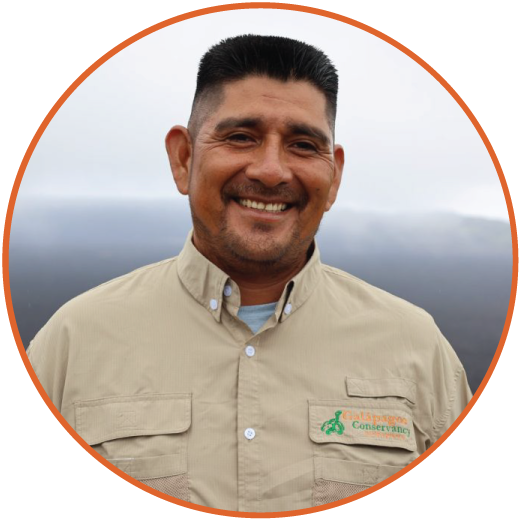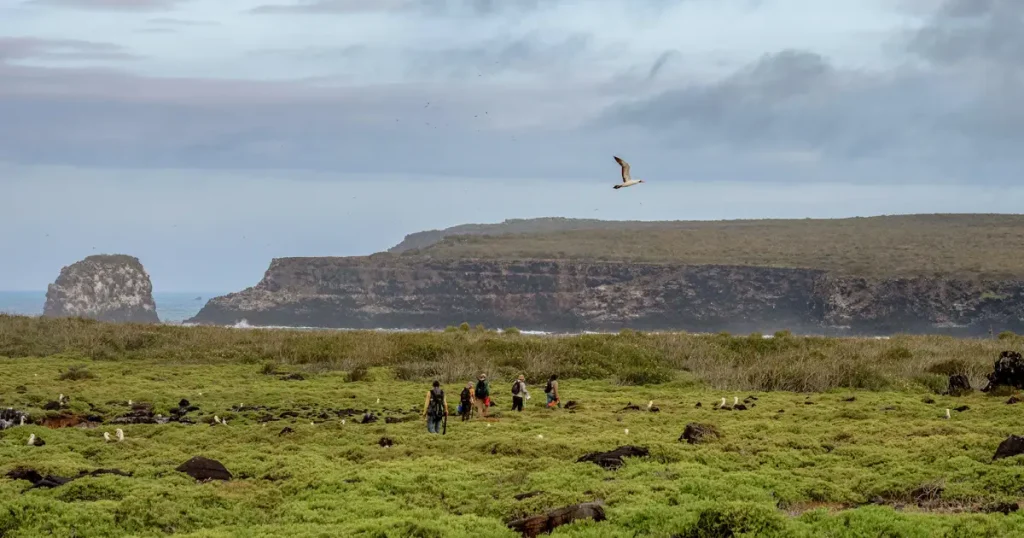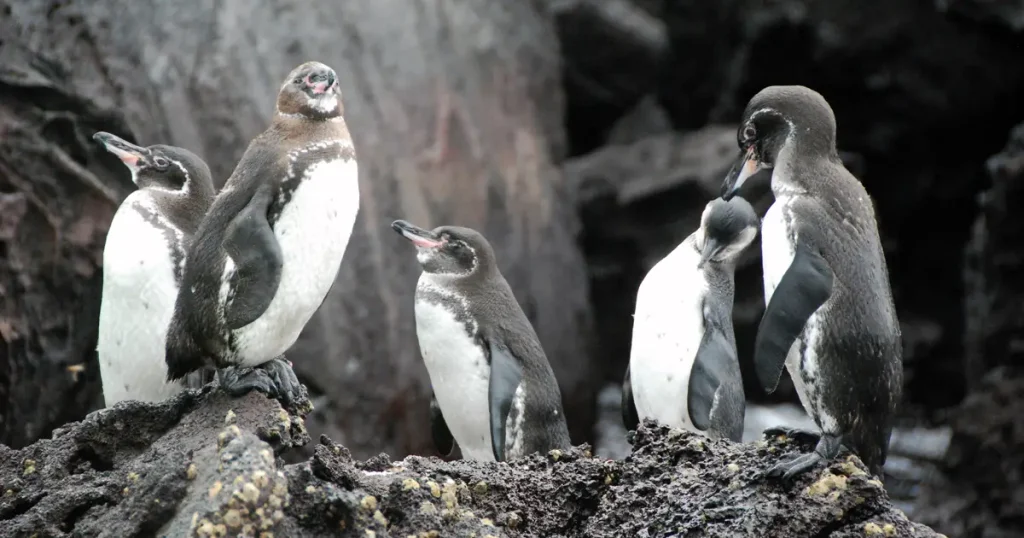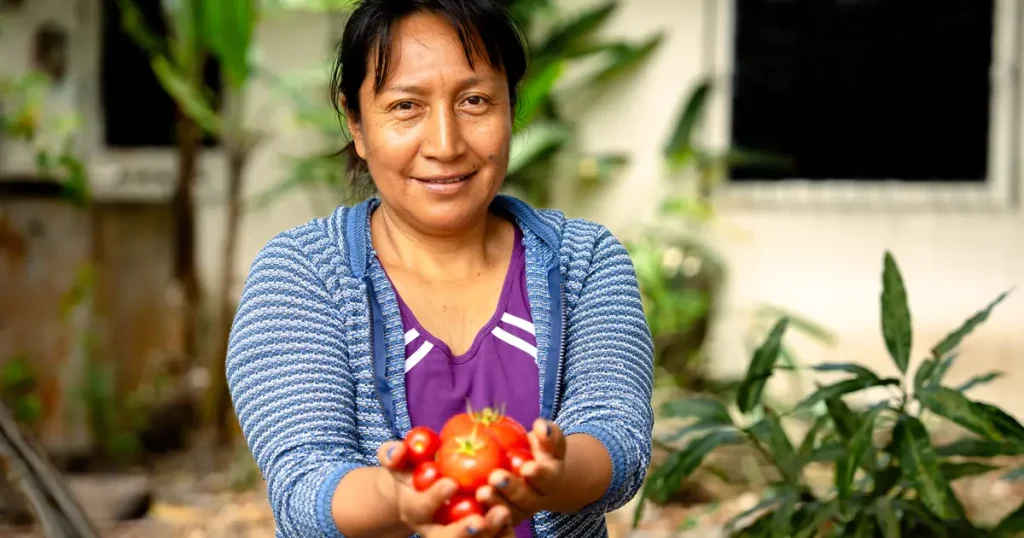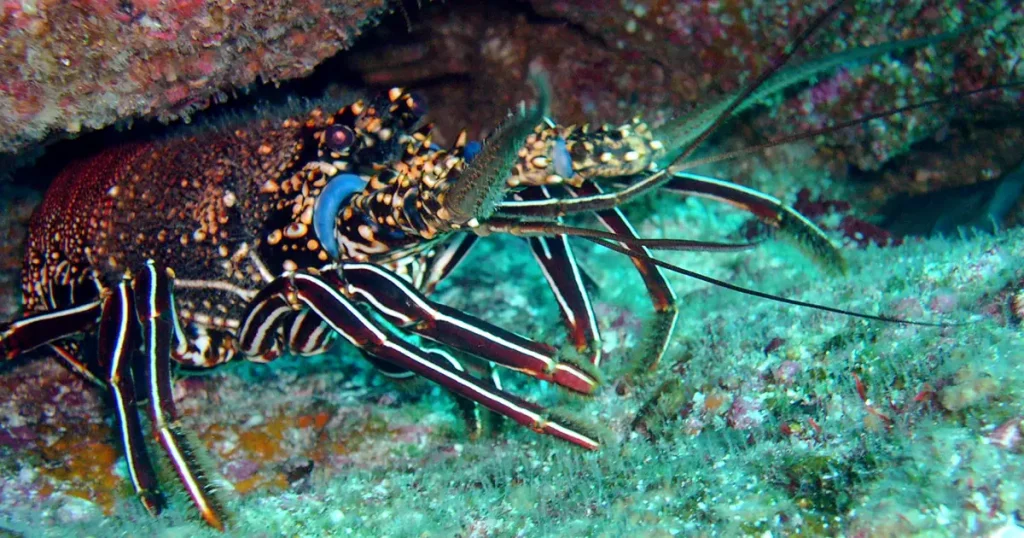More Than a Symbol: The Science Behind Saving Galápagos Giant Tortoises
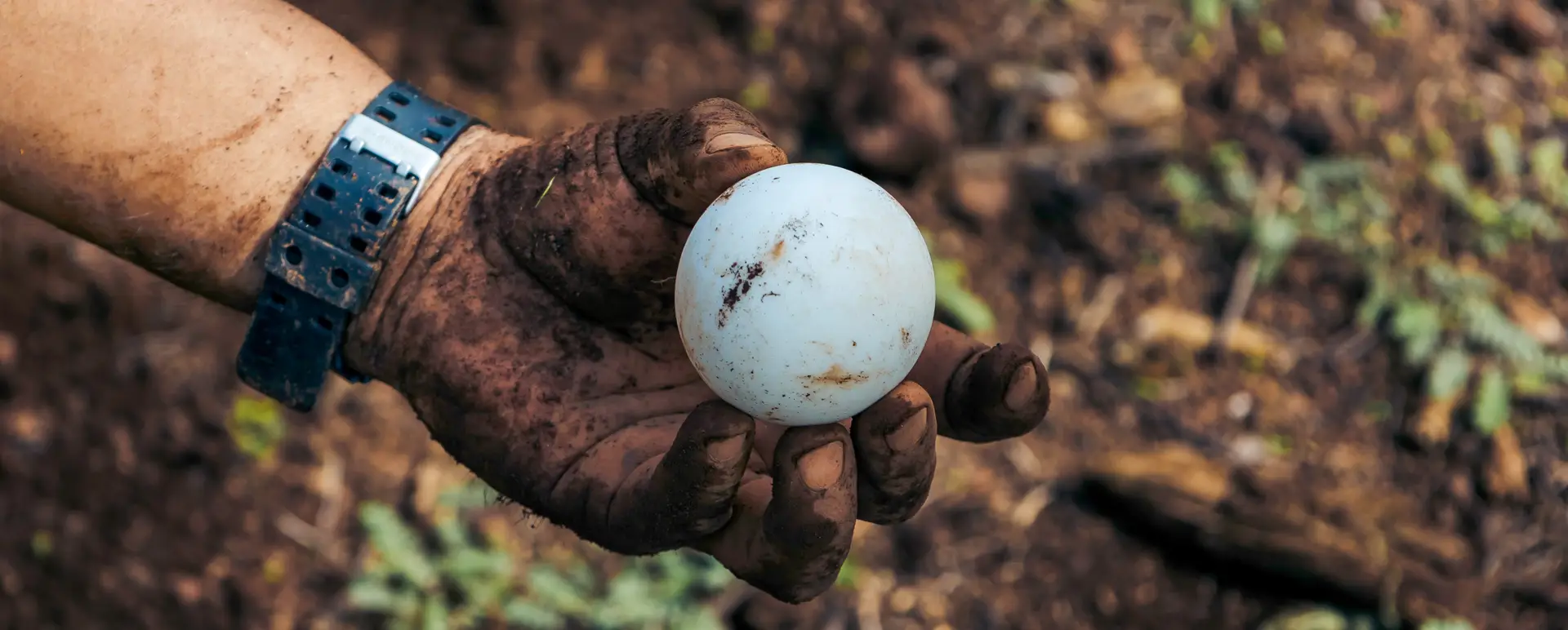
The Galápagos giant tortoises Lonesome George, Diego, and Fernanda each became a global icon — but their stories are only the beginning. Behind them lies decades of groundbreaking science, tireless conservation, and human resolve that will continue to shape the future of Galápagos species for generations to come.
From Warning to Hope
Talking about giant tortoises in Galápagos also means talking about the people who have spent decades studying and protecting them. Among the most emblematic are Lonesome George, Diego, and Fernanda — three tortoises whose stories reflect loss, perseverance, and discovery in the history of conservation.
James Gibbs has been connected to research on the islands since 1981, witnessing both the greatest challenges and the most significant achievements in the conservation of these reptilian icons of Galapagos. Today, he serves as Vice President of Science and Conservation at Galápagos Conservancy.
“I’ve seen tortoise populations pushed almost to extinction. I’ve also seen how science and commitment brought them back from the brink. What happens here isn’t a miracle—it’s the outcome of decades of rigorous, persistent conservation work.” — James P. Gibbs, Vice President of Science and Conservation, Galápagos Conservancy
When Lonesome George died in 2012, the world mourned the loss of his species, the Pinta Island tortoise. When Diego was returned to Española Island in 2020, we celebrated the success of more than sixty years of effort to save his species. And when Fernanda was found in 2019 — the only known Fernandina tortoise on her remote island — we were reminded that nature still holds extraordinary surprises.
These stories inspire us, but behind them lie science, strategy, and sustained human dedication.
The Science Behind the Symbols
The challenge was immense: the giant tortoises of Galápagos had dwindled by 1950 to just 5% of their original numbers. Their ecosystems were overrun by invasive species. Their imminent extinction was broadly pronounced. Yet the decision to act changed the course of history, turning what once seemed impossible into a story that now inspires the world to save species everywhere.
This long-term commitment to restoring the islands’ giant tortoises has been led by the Galápagos National Park Directorate with the collaboration of key conservation partners over the decades — including the Charles Darwin Foundation in the early years and in more recent decades, Galápagos Conservancy. Captive breeding, repatriations, and habitat restoration have steadily allowed populations to recover. Meanwhile, advances in science and genetics have opened new possibilities to rescue lineages once thought lost.
Beyond species management programs and conservation science, this work also shows in the everyday: in the patience of those who care for tiny hatchlings until they are ready to return to their home islands.
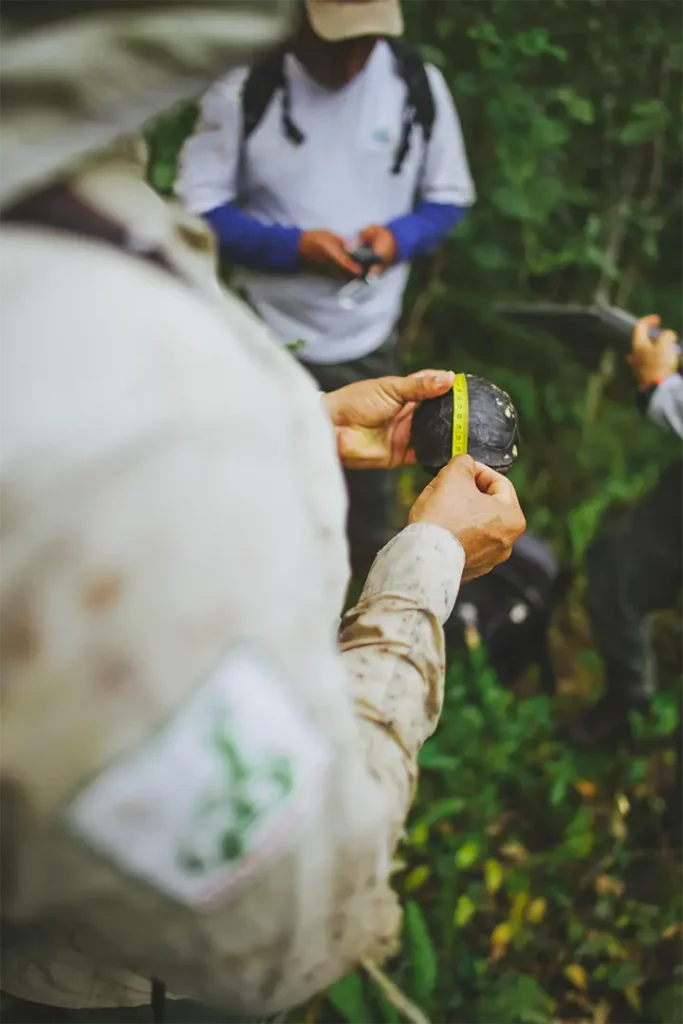
Results That Transform the Future
For more than four decades, Galápagos Conservancy has been at the forefront of some of the archipelago’s most ambitious conservation programs. That sustained effort—rooted in science and human commitment—has delivered visible results: the Española species recovered from just 15 survivors to more than 3,000 tortoises reproducing naturally on the island today. On Floreana Island, where the species disappeared more than a century ago, the island is now preparing to welcome descendants of its original lineage. And on Fernandina Island, the discovery of Fernanda opened an unexpected window of hope that its unique species may be recovered.
If these efforts were to stop, the risk would be enormous. Entire ecosystems could collapse again, and unique species could vanish forever.
But that is not the story we are writing. Today, giant tortoises once again walk the trails where only old tracks remained. Their presence is living proof that when science and human commitment endure, the impossible becomes possible.
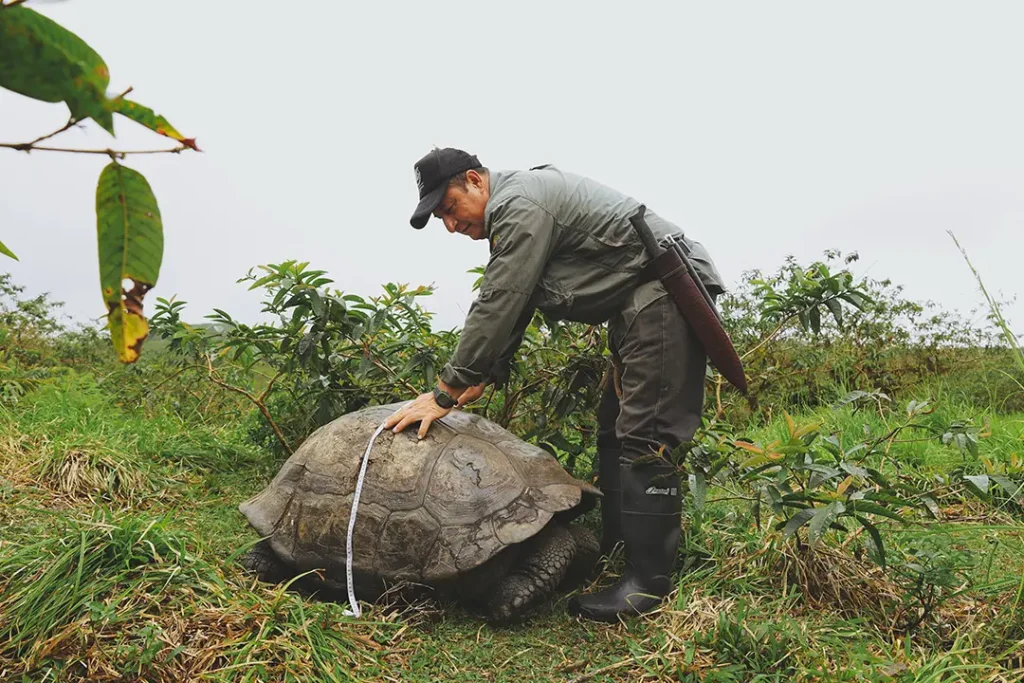
The Future Still to Be Written
Lonesome George, Diego, and Fernanda each marked turning points in Galápagos conservation. Today we know that science, combined with human dedication, can reverse destinies once thought irreversible.
Their legacy lies not only in what they represented, but also in the future they inspire: a Galápagos where giant tortoises reclaim every corner of their islands, fostering regeneration of their ecosystems, with new generations of scientists and park rangers carrying forward this mission.
That is the real message: conservation works when there is persistence and long-term vision. Every tortoise walking free on the islands today is proof of that. With your support, we can continue writing the next chapter of this story—one of restored islands, recovered lineages, and an archipelago that inspires the world with results that speak for themselves.
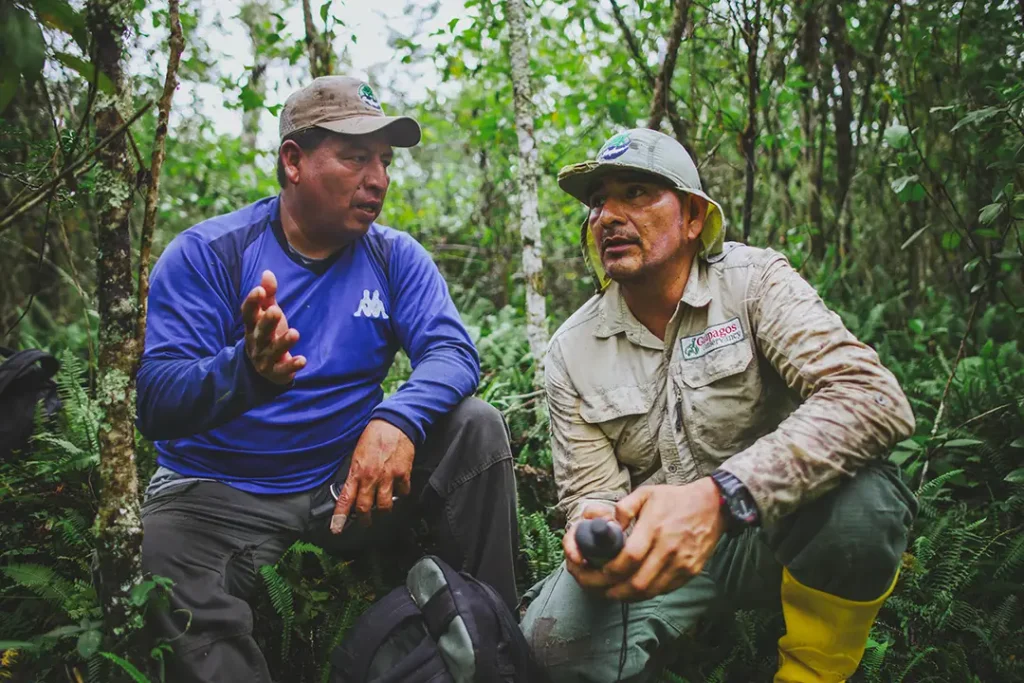
Share:


